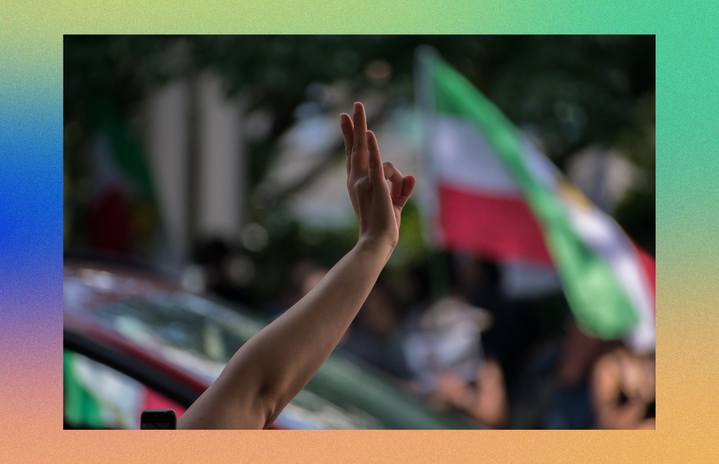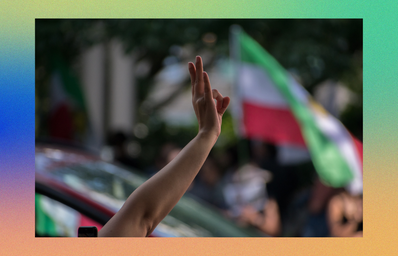“Women, life, freedom.” These are the words from Mahsa Amini’s funeral that have been echoed by protesters across both physical and virtual spaces, uniting women and men from across the world in a global network of protest.
Certainly, anti-regime demonstrations in Iran have sparked international attention as they continue to spill over into the cyberspace of social media, transforming the nature and spread of protest. In the wake of Mahsa Amini’s death on the 16th of September – suspected to have been killed under police custody while detained for allegedly improperly wearing her hijab headscarf – social media has essentially become a bastion for protest against Iran’s crackdown on women’s rights. Despite the government shutting down the internet and blocking Instagram and WhatsApp in parts of Iran, images and videos of women burning their hijabs and cutting their hair under the hashtag #Mahsa_Amini fuels the protest movement on social media.
Access to this virtual outlet for demonstration has transformed the nature of protest, allowing Iranian women to expose their struggle and mistreatment on a global scale, as their voices are silenced and bodies are controlled at a local scale. In Iran, women’s bodies are extremely regulated; their hair must be covered, hence why so many women display themselves protesting Mahsa Amini’s murder by openly cutting their hair. By posting online, this Iranian feminist revolution has been amplified by women and men in solidarity from across the world. For example, French actors such as Marion Cotillard and Juliette Binoche have shown their support by filming themselves cutting off their own hair in solidarity with women in Iran.
This is not the first time that social media has played a vital role in documenting dissent in Iran. The #MeToo movement found its way to Iran in 2020, exposing important issues about sexual violence against women. In a similar scenario, the Iranian government attempted Internet blackouts to silence protest. Regardless, Iranian women took to Twitter to share their experiences of sexual abuse, supported by the stories of women from across the world. This opened up conversation about sexual relations for many women who had felt oppressed by their conservative environment, with social media acting to a certain extent as a way around such restrictions.
In an interview with Jon Alterman for Babel, Mahsa Alimardani – a scholar at the University of Oxford and researcher on freedom of expression online – discussed the role of social media in Iran as an important means of documenting protests which would normally be silenced by the control and censorship of the state. According to Alimardani, the documentation of the past weeks of protest has been “solely dependent on digital evidence.” For her, the role of social media is not necessarily “mobilising people” but it is rather the “documentation for accountability.” By bearing witness to Iranian women protesting and challenging the societal constraints placed on them, social media has become an “opportunity” to “incentivize solidarity”, locally as well as globally.
Though Iranian women’s physical bodies continue to be the site of struggle, social media offers a new playing field upon which women’s rights activists are able to amplify the voices of the oppressed and form a global network of support.


